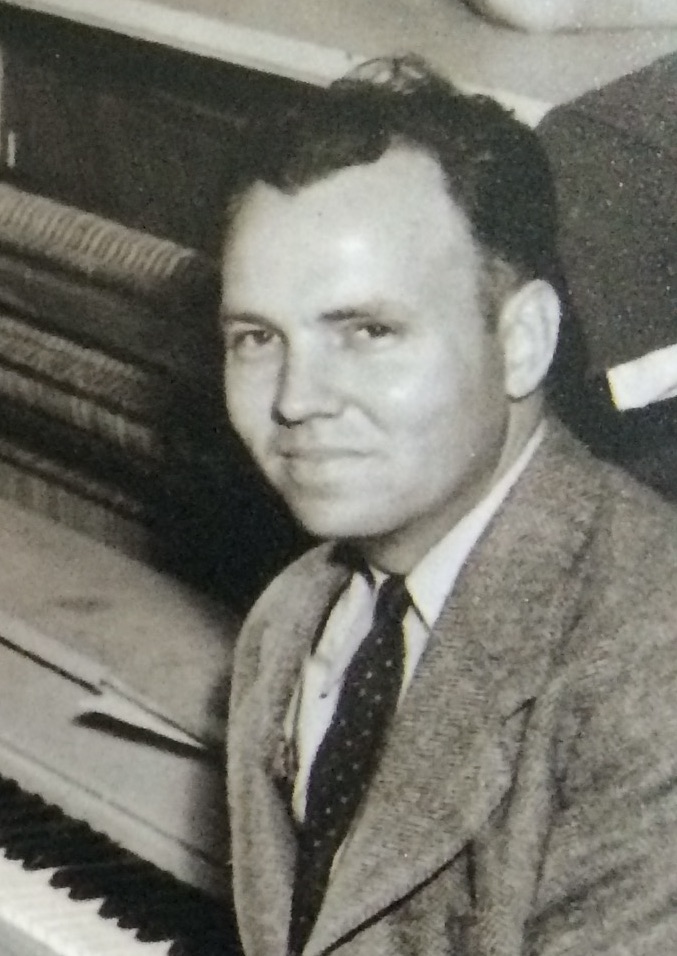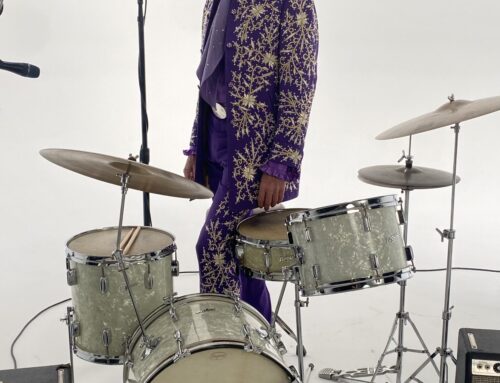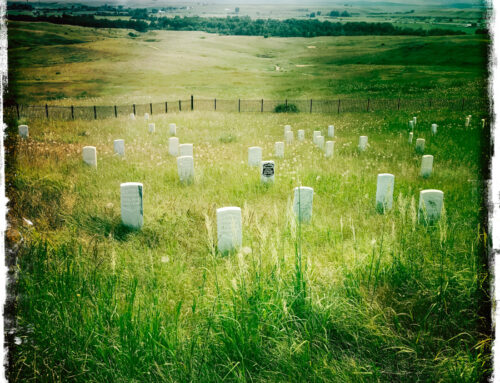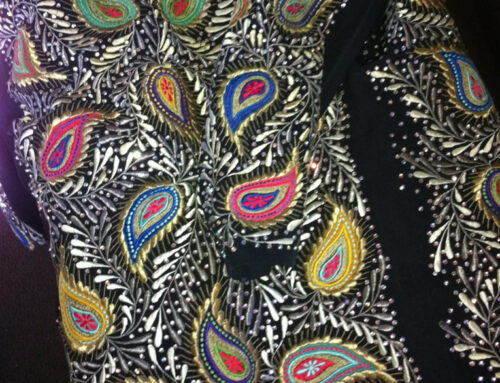Farris Coursey, Nashville’s First “A” Team Drummer
A Tribute to the Drumming Pioneer of the Nashville Recording Industry
The term, Nashville’s “A” Team is meant to define a group of musicians that forged the classic era of the Nashville Sound in the 1950’s, 60’s and early 70’s. Countless and endless hours of discussion have occurred when we try to give the top seed of any one instrument to one player. Even though there are a few players who rise to the top consistently, it’s an impossible task, really, because Nashville is at least 5 deep on every chair.
Who can be called Nashville’s “A” Team drummer? Well, Buddy Harman arguably would probably be given the most votes. Buddy provided a magnificent backbeat all through the golden era of the Nashville Sound.
But was he the first?
There was a drummer that came before Buddy, one who laid the groundwork for all professional Nashville studio work. A man that Buddy and every Nashville drummer owes a debt of gratitude to and stands on the shoulders of. As a matter of fact, so many drummers stand on this mans’ shoulders that their sheer weight has buried the man’s memory below any foundation of discussion.
It’s time to raise him up.
The man’s name, is Farris Coursey,..Nashville FIRST “A” Team Drummer.
I am ashamed to admit it, but even as an amateur history buff, I wasn’t familiar with Farris. That all changed a few years ago with the purchase of an early 1960’s Rogers drumset that Farris owned and played. I will attempt to tell his story now as best as I can. I can offer the fruits of many wonderful conversations I had with with his daughter, Carole Coursey Pedegast, whom I purchased the drums from. Based on those discussions, I contacted as many people that I could that probably knew Farris, and tried to stitch together as many truths as possible about his career. Those sources were fast slipping over the edge, but I did talk to a few. A large help also came from a wonderful book by Martin Hawkins entitled, A Shot In The Dark. Making Records in Nashville, 1945-1955, published by Vanderbilt University Press & Country Music Foundation Press, Nashville.
Farris Coursey was born in 1911 in Mt Pleasant Tennessee, just 60 miles south Nashville. He moved to Nashville during the city’s bustling dance band years of the 1930’s and 40’s. He was a schooled drumming musician, able to read charts as well as playing percussion and vibes. He possessed a complete musical toolbox.
During the time of Farris’ arrival, the city of Nashville was not the recording giant it was to become. However, there was plenty of live music to be a part of. Farris had witnessed commercial radio’s explosion in the 1920’s and with the formation of Nashville’s WSM and its iconic broadcast, “The Grand Ole Opry,” (first airing in 1925), the city began drawing a vibrant, new energy into its already jumping local scene, and Farris was right in the thick of it.
Two of Nashville’s biggest bandleaders in the 1930’s were Beasley Smith and Francis Craig. Along the way, Farris started making his way as a substitute drummer for Mr. Craig. He must’ve made his mark fast because Farris also became WSM radio’s staff drummer in 1937. By the 1940’s, another bandleader, future Country Music Hall of Famer Owen Bradley came on the scene and Farris, who was Owen’s next-door neighbor and business manager, was his first call.
In this picture from the Carole Coursey Pendegast archives, Farris and Owen Bradley are posing with Red McEwen’s Orchestra in front of Nashville’s Parthenon in Centennial Park.

Kneeling Left to Right: Tommie Knowles, Brayton Carter, Eddie Edwards, Owen Bradley, Farris Coursey, Jack Gregory, Al Sherman
Standing – Joe “Red” McEwen, Fay Wallace
In this 1943 photo, Farris (far right) is backing Bing Crosby at a Belle Meade Country Club War Bond fundraiser in Nashville. Once again, Owen Bradley is by his side.
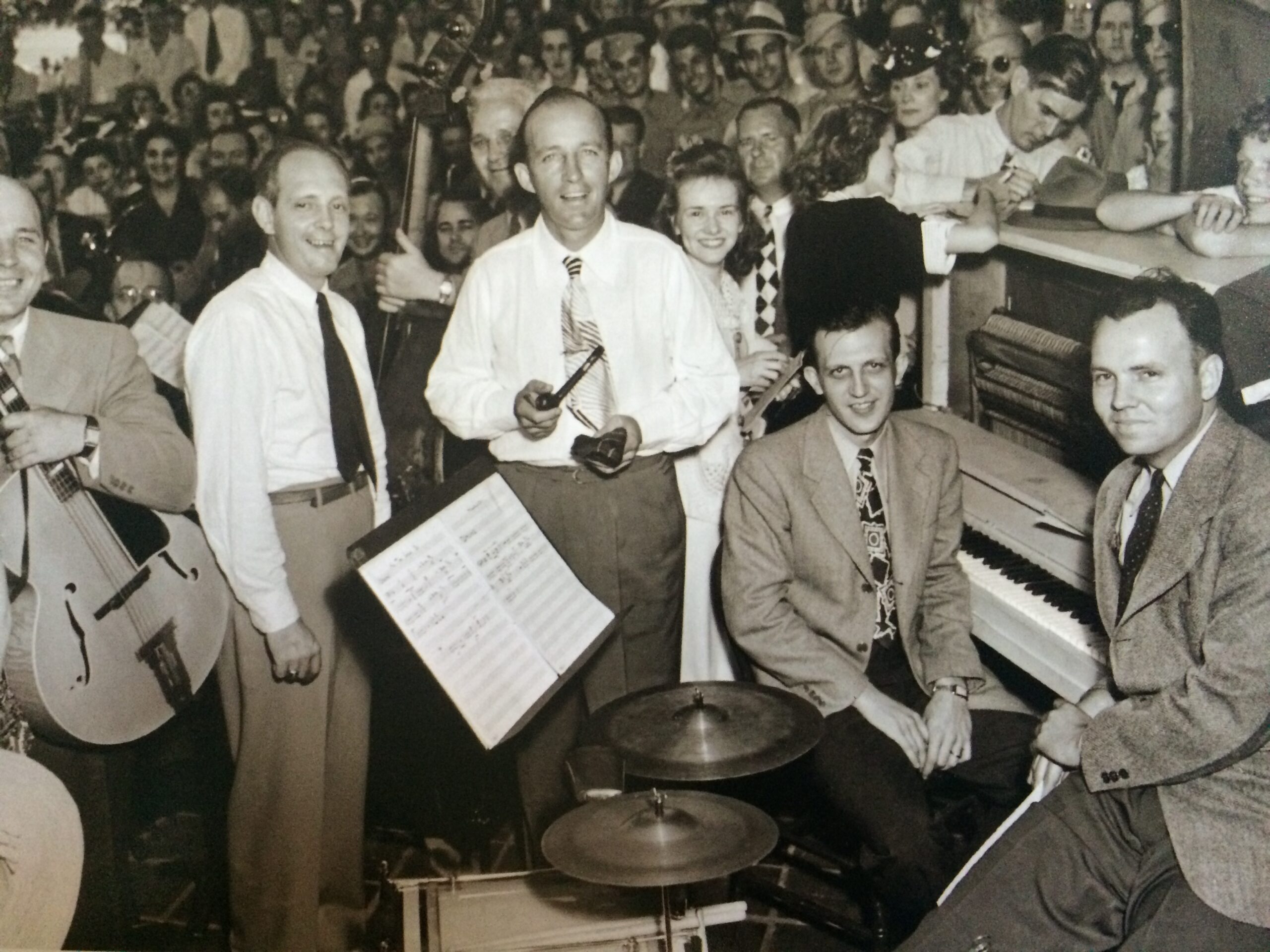
Left to Right: Jack Shook, Beasley Smith, George Cooper, Bing Crosby, Kay Armen, Owen Bradley, Farris Coursey
It wasn’t until mid-way into the 1940’s that recorded music in Nashville began to creep into existence. Before World War II less that 30% of households had any record playback equipment and the Jukebox era was covering the gap, creating the record industry’s highly competitive “singles” market. Nashville’s radio stations became the earliest recording studios, and Farris, because of his affiliation with WSM radio as well as Owen Bradley, was in the right place at the right time for a lot of studio work.
One of Nashville’s pioneer influences for producing and distributing the influx of artists flooding into town was Jim Bulleit. In December of 1945 his newly formed Bullet Records did their first recording session on Sheb Wooley in studio B of the WSM radio studios. (not to be confused with RCA Studio B on Music Row which was built in 1957). For the next couple of years, and with a wealth of unsigned Opry talent, Jim Bulleit and many other labels flourished with country as well as gospel, R&B, pop and blues. Bullet Records hit serious pay dirt in January of 1947 when Mr. Bulliet booked the Frances Craig Orchestra in WSM Radio’s Studio C and recorded Nashville’s first national smash., “Near You.” Recorded as the last song on a four-song session, “Near You” peaked at the end of the summer of 1947 with Bullet Records pulling down $25,000 a day and eventually selling 2.5 million copies.
Nashville’s new recording industry soon outgrew the radio station studios in which it was birthed. Castle Recording Labs was the first established independent studio to help provide a permanent facility to record the wealth of talent thick on the streets of Nashville. WSM Radio engineers Carl Jenkins, George Reynold, and Aaron Shelton set up shop in the mezzanine of an aging Tulane Hotel and got very, very busy. A full-time Nashville studio was born.
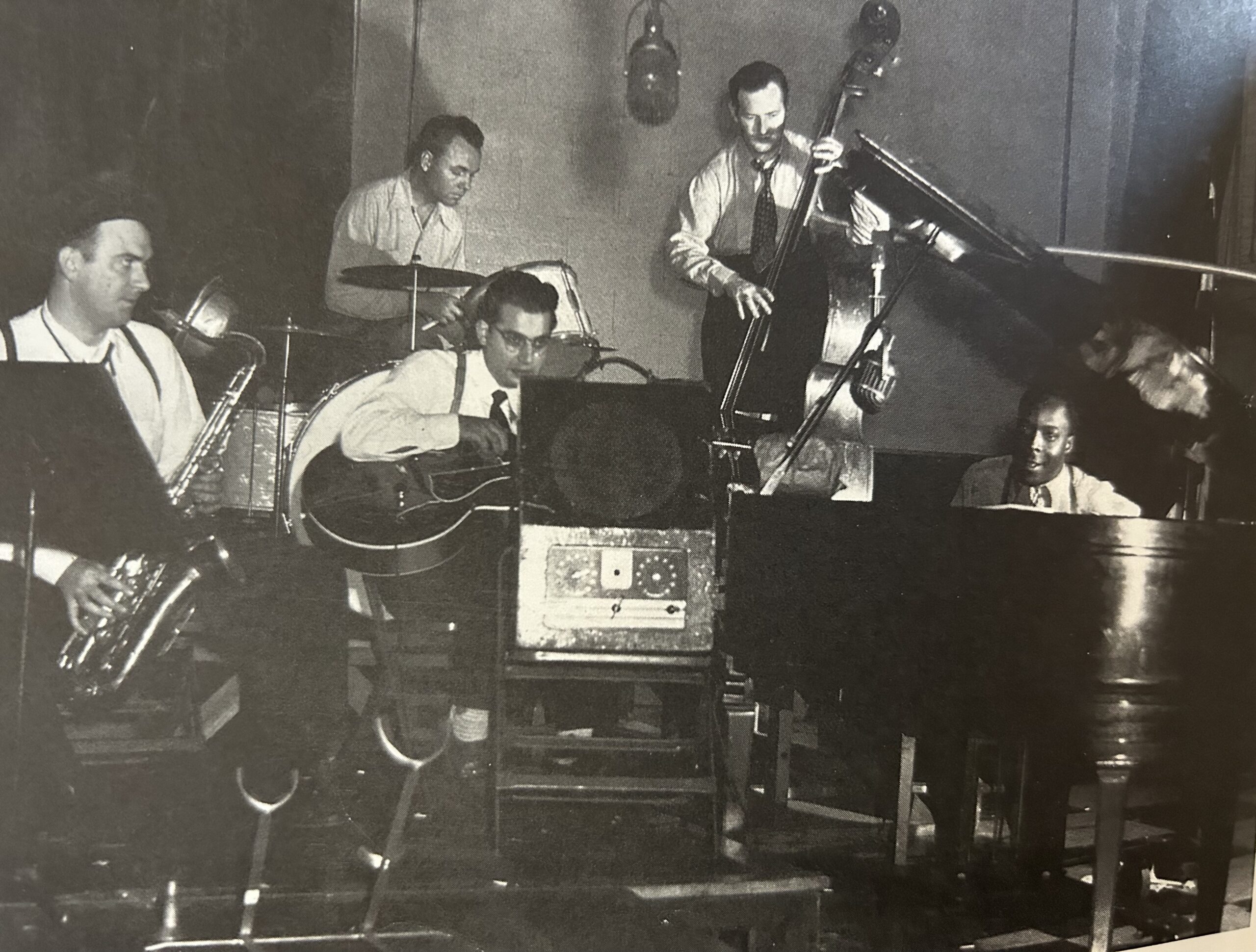
Bullet recording session at Castle Studio: Left to right, Charley Grant, sax; Farris Coursey, drums; Jack Charamella, guitar; Ted Swinney, bass; Cecil Gant, piano.
Notice the placement of the musicians in that early Castle session. Owen’s brother and Country Music Hall of Famer Harold Bradley recounts,“Farris Coursey was important to Nashville’s rhythm because, although his drums were often off-microphone, the rhythm guitarist sat right in front of the drums, and he would pick up the rhythm.”
On November 7, 1949, Farris was booked at Castle Recording to record with Red Foley. Owen Bradley was the arranger and Owen asked Farris to come up with a sound to simulate a shoeshine rag. Harold Bradley, remembers,“Farris came up with the idea of slapping the palm of his hand onto his leg.” As a result, ”Chattanoogie Shoe Shine Boy” was recorded, released and remained a number one smash for thirteen weeks in 1950.
Here’s Farris recreating the “shoeshine” for a Red Foley performance on The Bobby Lord Show in the 1960’s:
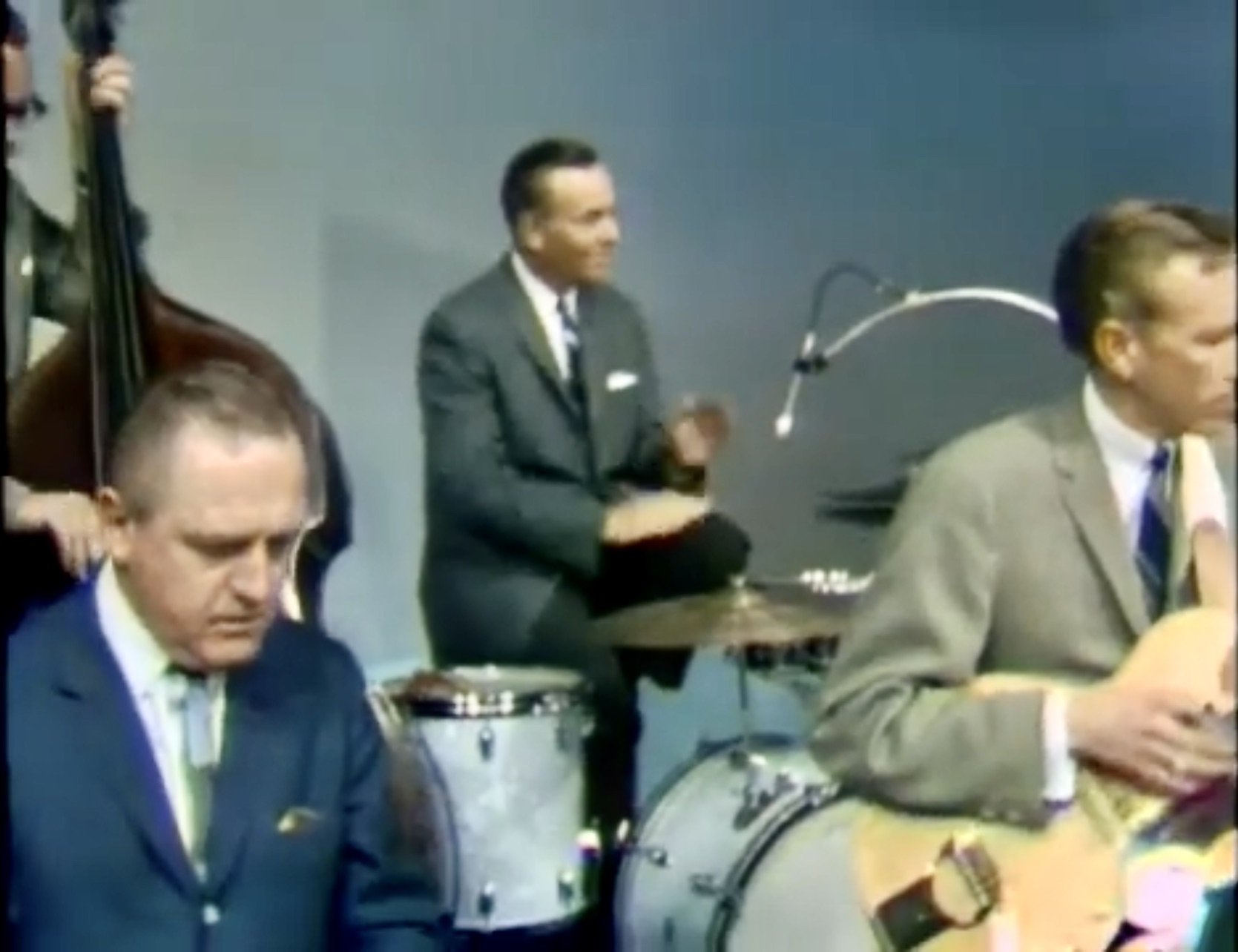
Left to Right: Joe Zinkan (bass), Jerry Byrd (steel guitar), Farris and Spider Wilson ( guitar)
The full performance can be seen on this youtube link: https://www.youtube.com/watch?v=iMB5SUi3e9k
In just a few short years, Farris was planted firmly and securely in the studio as Nashville’s “A” Team drummer. Because he was a also staff musician for WSM radio (which, unlike the Opry) paid a salary, Farris reaped all the benefits of “double dipping” and enjoyed firm financial income.
Farris played with them all. Just to give you an idea of his deep discography he backed Sister Rosetta Tharpe on “Tell Him That You Saw Me,” Patsy Cline on “Got A Lot of Rhythm in my Soul,” as well as her original recording of “Walking After Midnight,” Ernest Tubb on “Honky Tonk Heart,” Webb Pierce on his famous “There Stands The Glass,” Hank Garland on his iconic “Sugarfoot Rag,” Buddy Holly’s “Modern Don Juan,” are just a very very few.
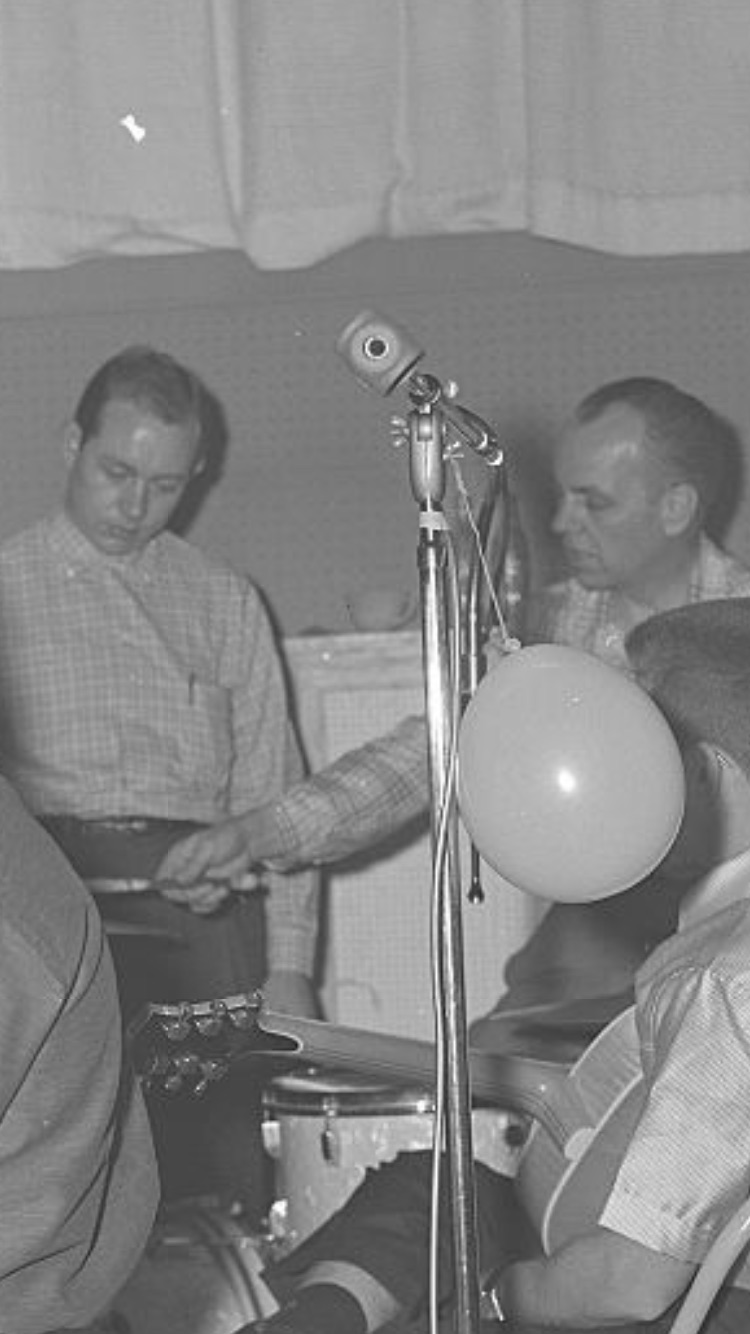
Farris in the studio with Hank, “Sugarfoot” Garland
Farris remained at the top of the heap with Owen Bradley using him exclusively until, in the mid 1950’s, Owen switched over to drummer Buddy Harman, “the new kid in town.” Owen’s brother and session great, Harold Bradley is documented as saying it was because of back surgery that Farris went under that precipitated the change. For what it’s worth, I suspect Buddy also brought a modern, “hip” approach that was more compatible to the music that was coming.
I spoke to Ruth White, writer, publisher and WSM Librarian during those days who recounted a conversation with Farris when he came to her feeling rejected because of Buddy Harman, “Ruth, I used to do all the sessions in Nashville till Buddy moved in.”
The good news is that Farris’s forte was in big band, orchestrated music, and there was still plenty of that kind of work left on WSM. He played drums on WSM’s Waking Crew morning radio show and WSM TV’s Bobby Lord Show until he passed from heart failure in 1968. Ruth White who pulled all the arrangements for the Waking Crew further recounts, “Farris was a good, steady, drummer, an ordinary guy, not a hot-shot.”
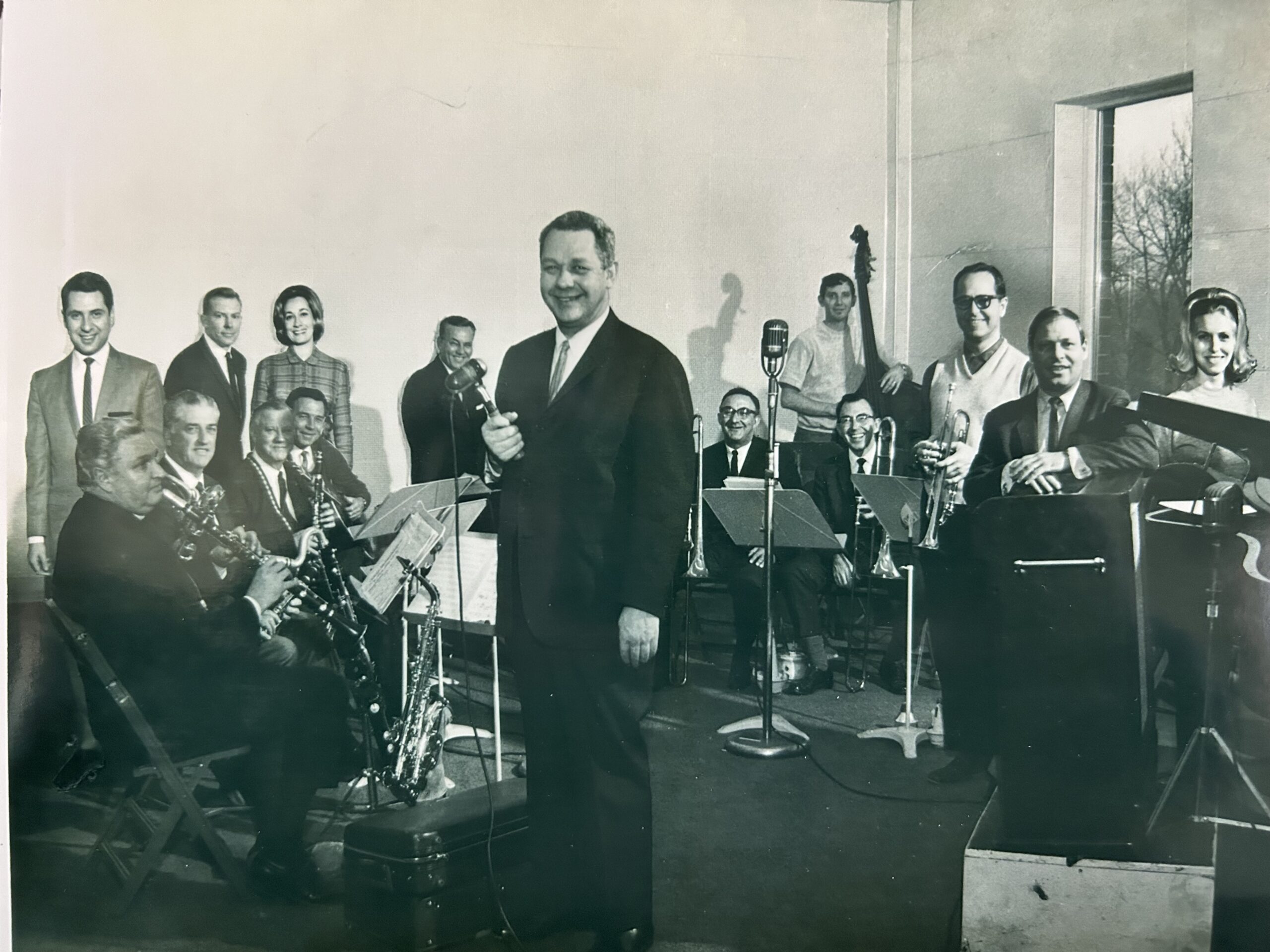
WSM Radio’s Waking Crew circa 1960’s: Host Dave Overton in front with Farris just to his left. Teddy Bart who succeeded Mr. Overton is standing to the far left.
Farris and the Bobby Lord Show House Band
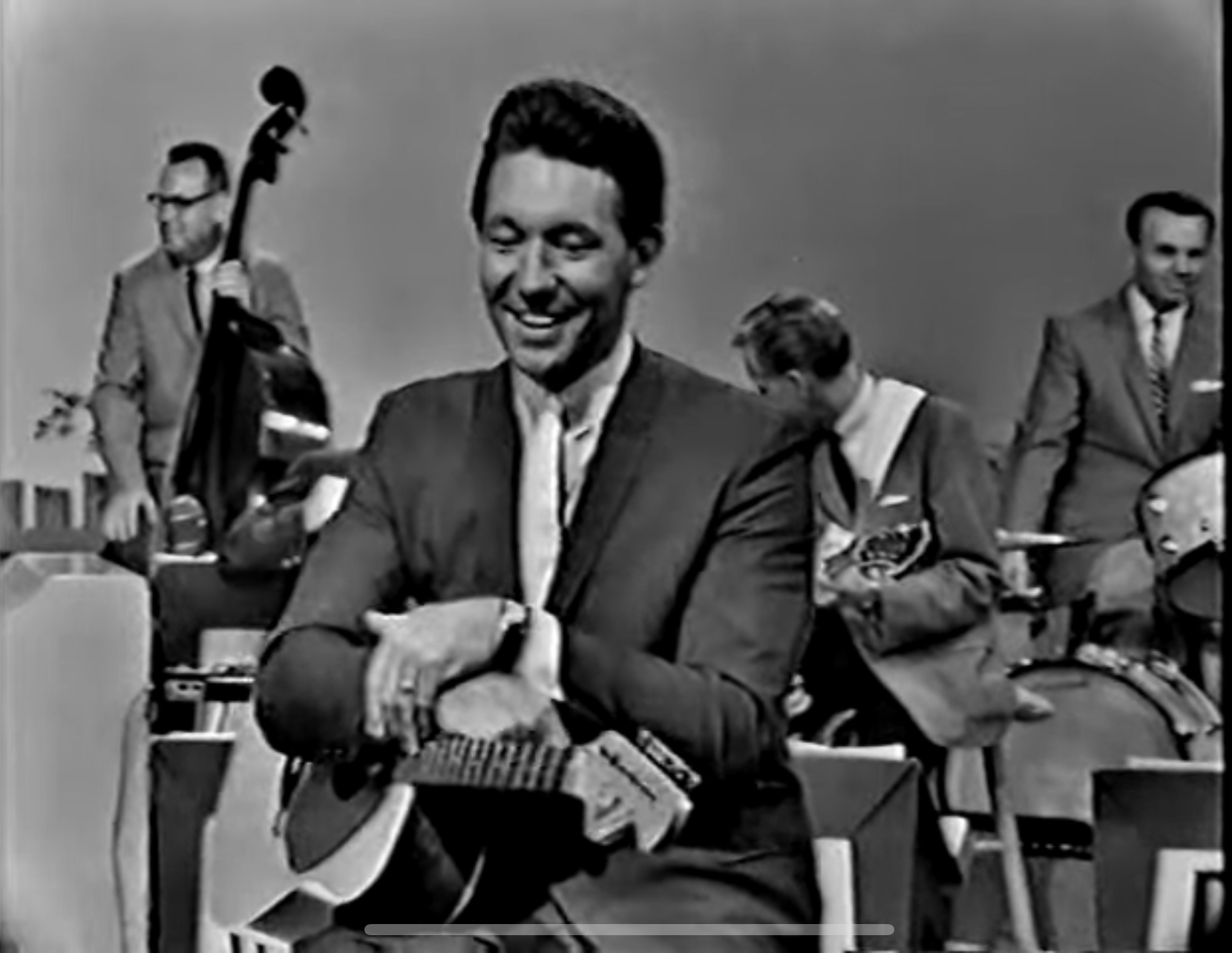
L to R: Joe Zinkan (bass), Bobby Lord, Spider Wilson (guitar) and Farris Coursey
Farris Coursey is for me firmly established as a member of Nashville’s first generation “A” Team, an unsung master, and I am so grateful for his important contribution in helping to make Nashville, “Music City.”
Farris’ discography of recordings can be referenced at the Discography of American Historical Recordings website:
https://adp.library.ucsb.edu/index.php/mastertalent/detail/310010/Coursey_Farris


